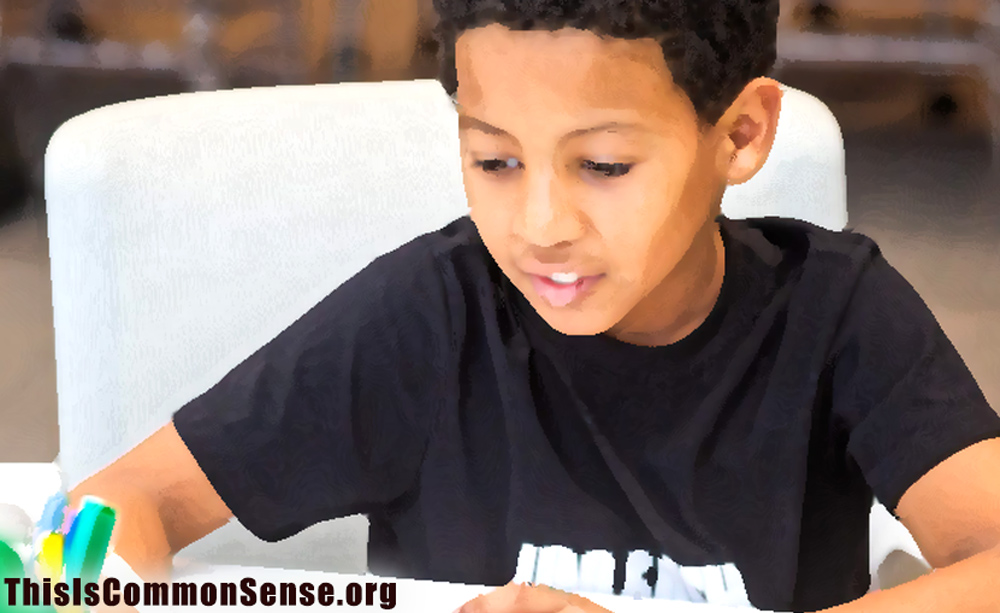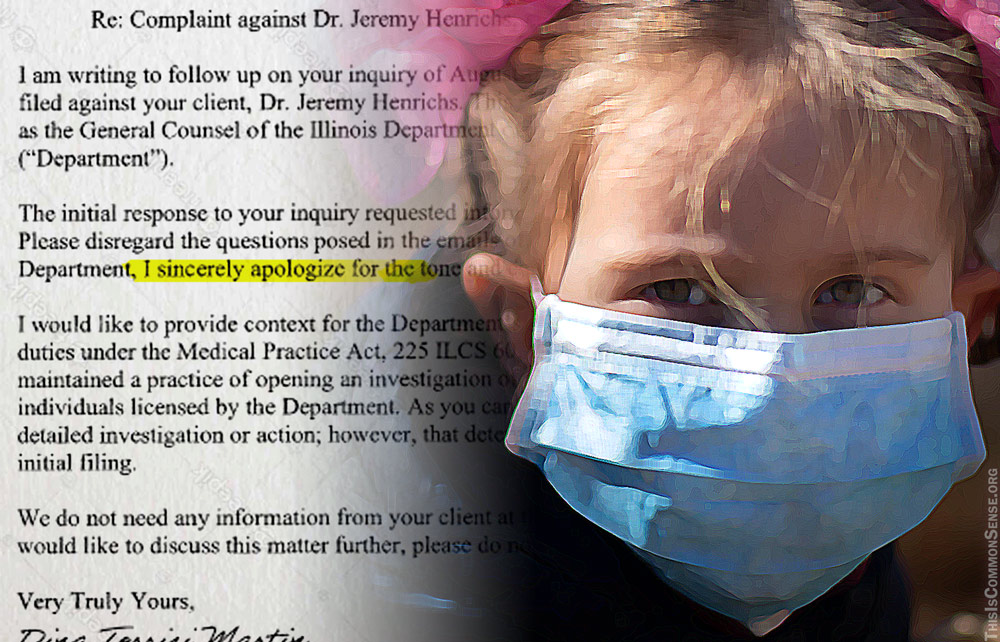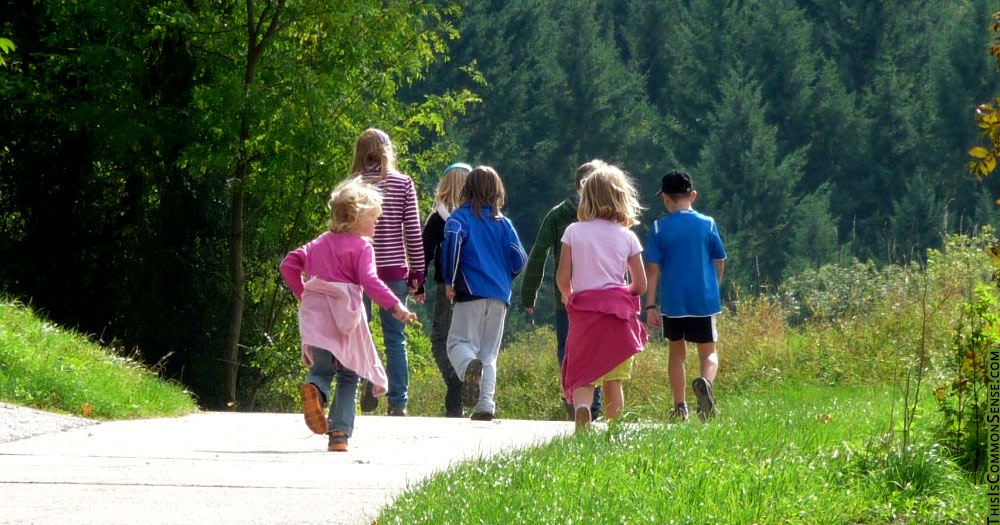Steven Mosher loves people.
Mosher is a student of China who, according to the bio at his Population Research Institute website, pop.org, “has worked tirelessly since 1979 to fight coercive population control programs. . . .”
In 1979, the Chinese government let him pursue research in a village where he observed many instances of compulsory abortions under the country’s one-child policy. Some of the women were in their eighth or ninth month of pregnancy.
Perhaps the Chinese government expected Mosher to produce rosy-eyed, footnoted rationalizations of what he saw. When he published his unvarnished findings in a Taiwanese magazine, officials complained to the U.S. Embassy and to Stanford University.
Stanford appeased China by denying Mosher his PhD. I note the university’s injustice in part because Mosher tends to omit this detail. But it should not be forgotten.
Back then, he said he “did what was right to do. I told the truth.”
He opposes population control because, in his view, people are a good thing, not a bad thing.
This viewpoint is beautifully conveyed in a video on the pop.org home page, in which Mosher says that people “are the ultimate resource, the one resource that you cannot do without.” The Institute works to expose “the myth of overpopulation” and the violations of human rights that occur in the name of population control.
The prolific scholar argues that people “can become the agents of their own development without having to sacrifice their children in the process.”
My wife and I glad to hear it. We’ll let the kids know.
This is Common Sense. I’m Paul Jacob.
Illustration created with PicFinder.ai and DALL-E2
—
See all recent commentary
(simplified and organized)







